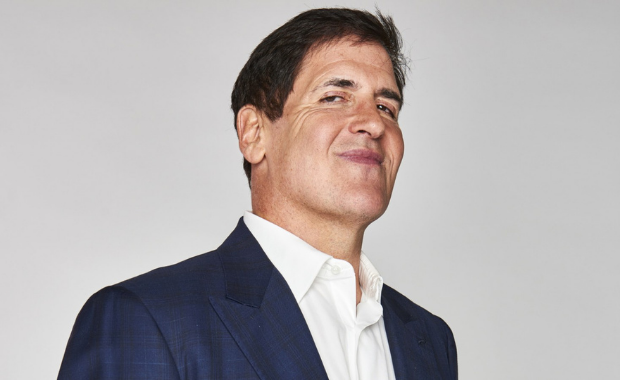Success Advice
The Daily Habits of 40 Highly Successful Business Leaders

Success doesn’t just happen. Instead, it’s something you plan for. And that requires finding the right balance between those big long-term goals and the short-term objectives that will keep you on the right path.
Supergenius Elon Musk wakes up with one goal in mind: putting humans on Mars. But what does he do every day to turn that dream into a reality? OnDeck decided to investigate. The small business loan provider examined the daily work routines of 40 highly successful business owners.
Like Musk, most of today’s most successful business leaders exploit the body’s natural rhythms to optimize their daily output. In other words, the early bird really does catch that worm. Musk, Richard Branson, and Slack co-founder Cal Henderson are all in the office before 7.00 am. They direct their early morning energy and brain power toward catching up on emails, meetings, and strategic planning sessions.
Tiny Capital founder Andrew Wilkinson does things a little differently. A self-confessed night-owl, Wilkinson rarely wakes up before midday. He heads into the office at about 1 pm, where he works for around 5-6 hours. Wilkinson might put in a few more hours during the late evening, but only if he’s in the mood. And Wilkinson never, and we mean really ever, clocks on during the weekend.
Billionaire tech investor Mark Cuban is another highly successful business owner who believes the quality of your work always trumps quantity. He works less than 6 hours a day and is always out of the office by early afternoon. “Judge yourself by the targets and goals you hit,” says Cuban. “Not the number of hours you work.”
Unfortunately, Cuban and Wilkinson are the exceptions. On average, these 40 successful business leaders work 10 hours a day. And those long days can take their toll, especially during highly stressful periods. That’s why scheduling in some downtime is just as important as making room for late-night phone calls and strategy meetings.
Your daily routine isn’t just a schedule; it’s a roadmap to success. So check out how the rest of these inspiring business leaders plan their days.
Did You Know
How Skilled Migrants Are Building Successful Careers After Moving Countries
Behind every successful skilled migrant career is a mix of resilience, strategy, and navigating systems built for locals.

Moving to a new country for work is exciting, but it can also be unnerving. Skilled migrants leave behind familiar systems, networks, and support to pursue better job opportunities and a better future for their families. (more…)
Life
10 Research-Backed Steps to Create Real Change This New Year
This New Year could finally be the one where you break old patterns and create real, lasting change.

Every New Year, we make plans and set goals, but often repeat old patterns. (more…)
Change Your Mindset
The Silent Skill That Makes People Respect You Instantly
What truly earns respect and why most people go about it the wrong way

Everybody craves respect but not everyone earns it. Some people believe that a title, years of experience, or a position of authority automatically entitles them to respect. (more…)
Entrepreneurs
The Essential Skills Every Entrepreneur Needs In 2026
Success in the digital age isn’t about luck. It’s about mastering the skills that separate dreamers from doers.

When I was 22 years old, I started my first side hustle as a ghostwriter. (more…)
-

 Entrepreneurs4 weeks ago
Entrepreneurs4 weeks agoThe Essential Skills Every Entrepreneur Needs In 2026
-

 Change Your Mindset3 weeks ago
Change Your Mindset3 weeks agoHow to Turn Your Mind Into Your Greatest Asset (Instead of Your Enemy)
-

 Change Your Mindset3 weeks ago
Change Your Mindset3 weeks agoThe Silent Skill That Makes People Respect You Instantly
-

 Life2 weeks ago
Life2 weeks ago10 Research-Backed Steps to Create Real Change This New Year
-

 Tech2 weeks ago
Tech2 weeks agoWhat’s in a Name? How to Get Your Domain Right
-

 Did You Know2 weeks ago
Did You Know2 weeks agoHow Skilled Migrants Are Building Successful Careers After Moving Countries

























